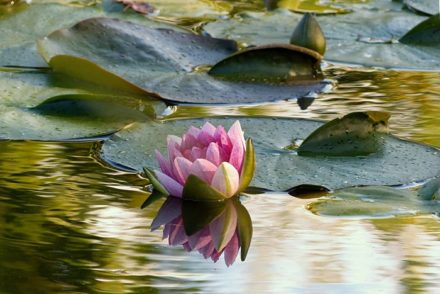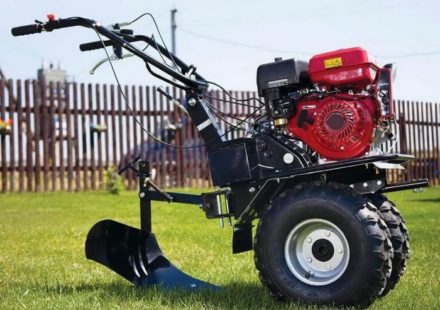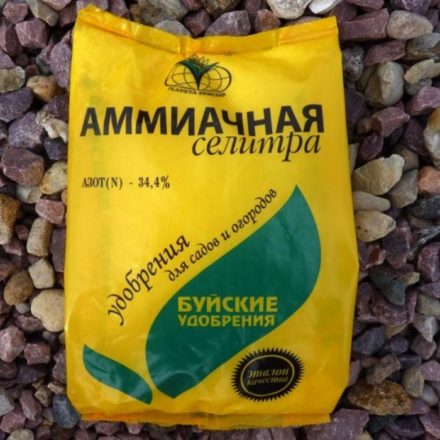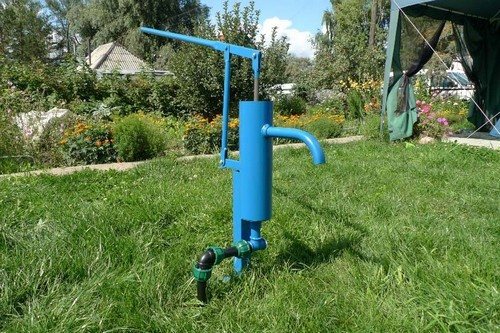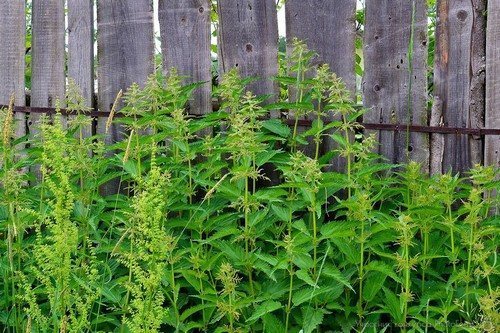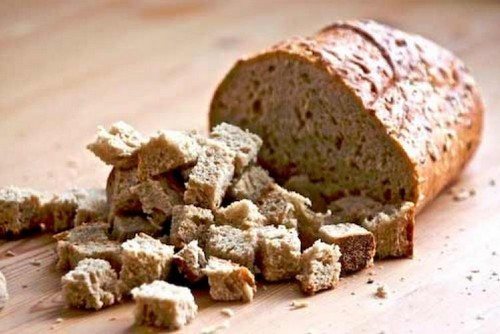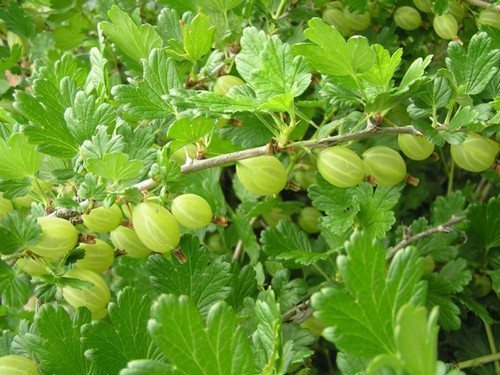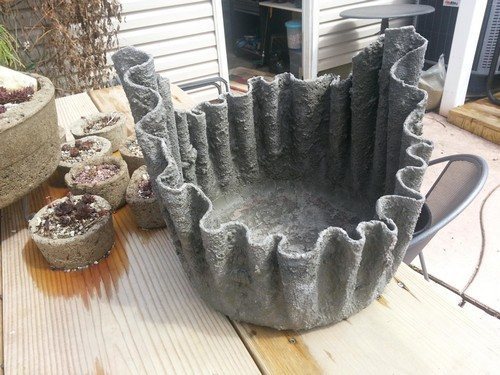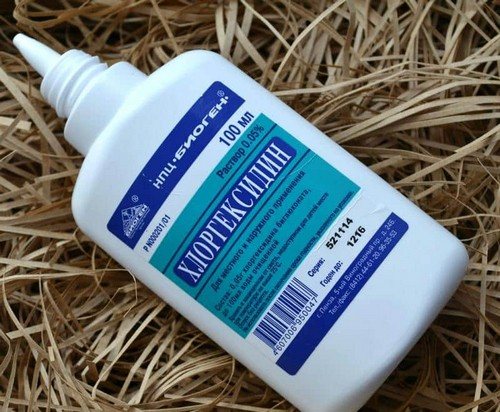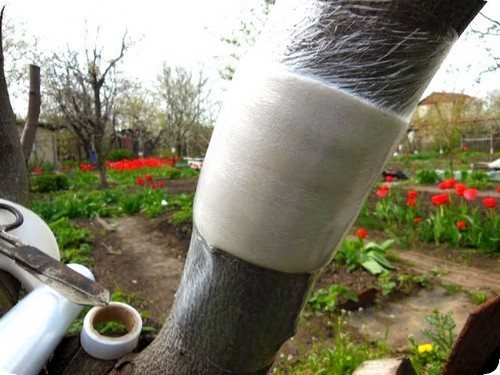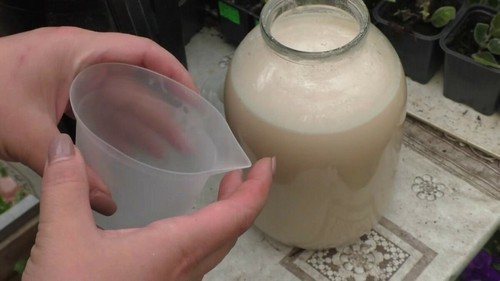Geotextile is a woven or non-woven fabric that is not very well known to the Russian user. But in vain. The shapes and variety of applications surprise him. Essentially, this is a group of materials that can be either completely synthetic or partially made from natural materials, such as wool and cotton.
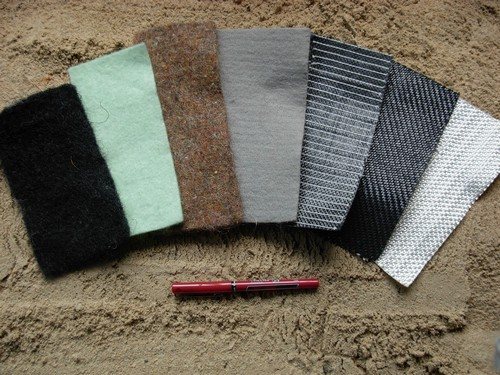
Due to the variety of types, densities, materials and manufacturing methods, it is difficult to describe geofabric in some general words. But there are some common properties:
- Good elasticity.
- Helps to evenly distribute the load from the bulk material.
- Resistance to aggressive environments.
- Used as a coarse filter for water drainage.
- Prevents weeds from growing.
- Reinforcing properties.
This is already enough to understand the approximate uses of geotextiles. In fact, it is worth understanding this topic in more detail.
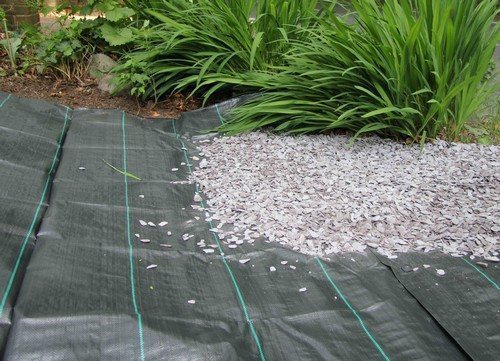
Use options for land plots
Road laying
Geotextiles are used for laying roads and routes of any type. From running tracks and sidewalks to runways and railways. For gardeners, geofabric is an excellent material for the base of driveways, parking areas and garden paths. It is especially useful to lay geotextiles as a substrate in wet and unstable soils.
Layed between layers of soil, sand and crushed stone, geofabric prevents their mixing. The pressure transmitted from the upper layers to the lower ones is distributed more evenly.Due to this, the asphalt will not crumble, and other road materials will not sag. At the same time, the geofabric allows water to pass through well, preventing the road from eroding. For a passenger car, geotextile with a density of 250 g/m² is more than enough. For cargo, it is worth using denser options - 300 g/m².
Design of flower beds and beds
People often import fertile purchased soil, humus and other natural fertilizers for their garden plots. So that they do not mix with the local soil, under beds, flower beds, greenhouses and greenhouses, lawns, etc. geofabric with a density of 100 to 200 g/m² is underlain. At the same time, the material prevents the roots of unwanted plants from growing from below.
Geotextiles with a density of 50-100 g/m² are laid on top of the bed. This is already a more well-known and increasingly popular agricultural fabric. It also prevents the germination of weeds, the adhesion of soil to the berries and the erosion of the beds. At the same time, it successfully passes water and is not afraid of sunlight.

Creation of an artificial reservoir
Geotextile is placed between the waterproofing and the ground. The main purpose of this action will be to reinforce and protect the insulation from rupture by random stones, sprouting plants and various underground living creatures. It is also laid when stones, pots, decorations and other objects are placed at the bottom of the reservoir, which can at least theoretically damage the waterproofing layer. Density from 250 g/m².
Drainage arrangement
Geotextiles with a density of 150-200 g/m² are used, not finely porous, as there is a risk of silting. It is laid on the bottom and walls of the drainage channel.After filling with gravel and laying the pipes, the channel is covered with the edges of geofabric, which should protrude to a length sufficient to overlap. It should be taken into account that geosynthetics for drainage are not resistant to ultraviolet radiation and should be covered.
Hills, slopes and rock gardens
Geotextiles are used to strengthen banks and slopes from crumbling, so it costs nothing to protect a terrace or alpine hill from crumbling and erosion. To do this, it is laid between layers of soil when forming hills of any shape. The density of the material is selected for specific conditions.
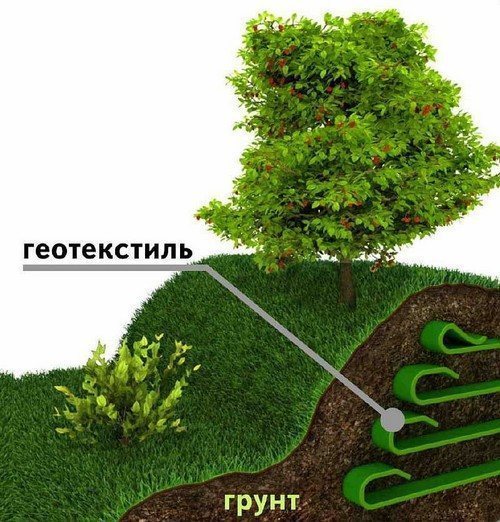
Atypical use
The use of geotextiles, of course, is not limited to landscape design and reinforcement. This article examined specifically the “land” options. In general, geotextiles can be used extremely widely in the country. In addition to those already described, it is worth considering:
- In construction. For example, laying waterproofing of roofs, walls and foundations.
- Furniture manufacturing. As a layer between upholstery and filling or as upholstery itself.
- Tailoring. Allows you to quickly produce protection such as an apron or raincoat.
- Packaging material. From lining and wrapping to sewing the bag.


